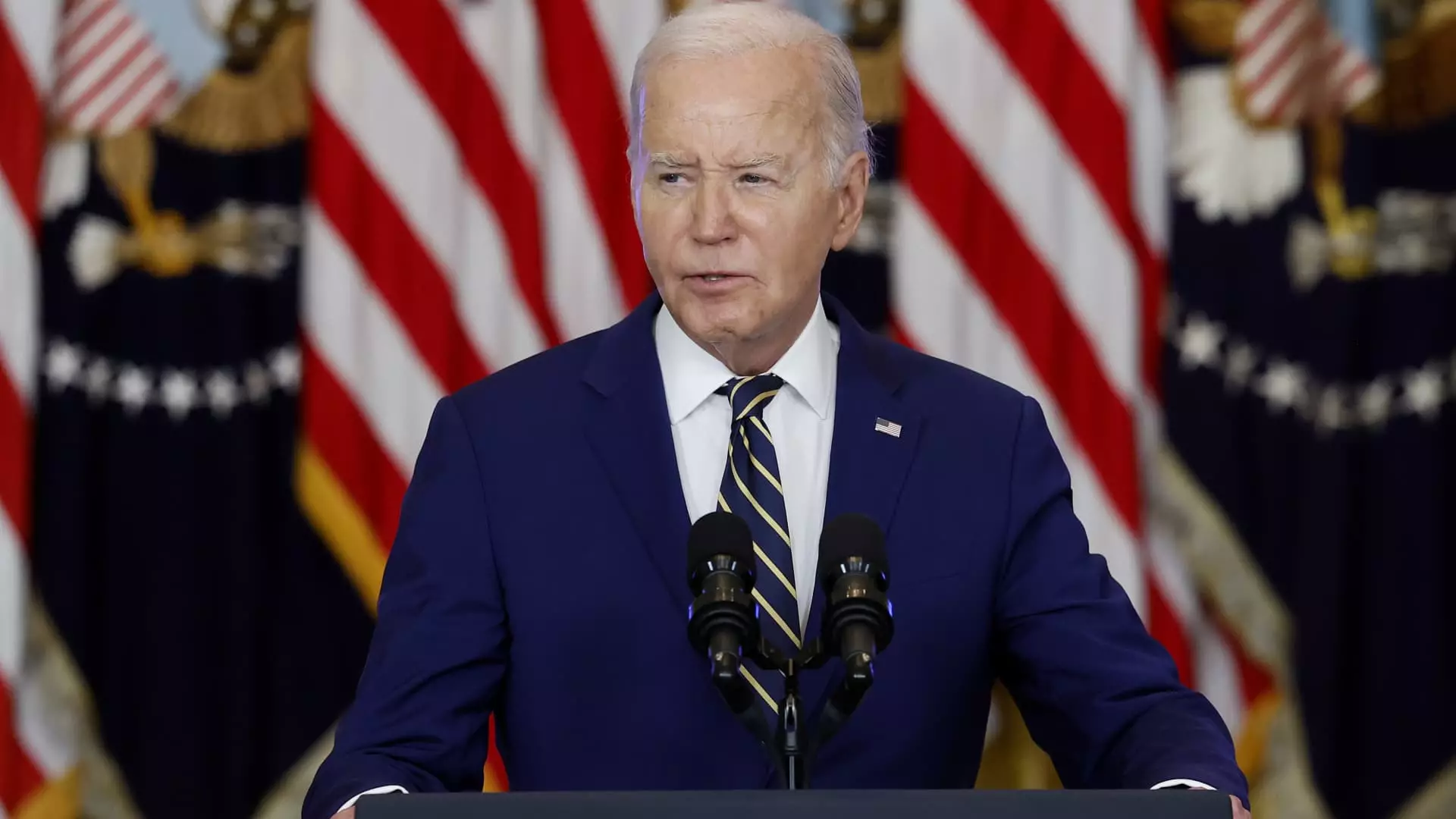The ongoing debate surrounding immigration in the United States has reached a fever pitch, particularly as the Biden administration introduces even stricter measures regarding asylum at the southern border. The latest regulations, announced on Monday, further complicate an already tense situation, focusing on appeasing a concerned public that is apprehensive about border security. This article examines the nuances of these new policies, their implications for migrants, and the broader immigration landscape.
The newly established rules expand upon previous guidelines set in June, now requiring a significantly longer period of reduced migrant encounters before asylum restrictions can be alleviated. Under the previous measure, the threshold for lifting restrictions was set at an average of fewer than 1,500 migrant encounters per day over the course of one week. In contrast, the updated criteria necessitate maintaining this average for nearly an entire month. Moreover, a critical change includes the counting of all children—regardless of their nationality—towards this daily limit, a departure from the previous policy that only accounted for migrant children from Mexico.
This adjustment raises immediate concerns about the practicality and morality of such measures. By enforcing stricter limits, the administration fundamentally complicates the asylum-seeking process, creating additional barriers for vulnerable populations who are desperately seeking refuge from persecution and violence. Critics assert that these changes aim to discourage legitimate asylum claims rather than addressing the root causes of migration.
The ramifications of these stricter asylum policies are significant, particularly for those fleeing perilous situations in their home countries. Immigration advocates have decried these changes, arguing they dismantle vital safeguards for individuals facing persecution. The underlying ethical dilemma centers on whether the U.S. is upholding its moral and legal obligations to provide refuge for those in need or if it is prioritizing political theatrics amid heightened public scrutiny.
The Department of Homeland Security (DHS) was quick to tout statistics reflecting a reduction in border encounters since the June regulations took effect. Still, the fundamental question remains: at what cost are these reductions achieved? The administration has framed these actions as necessary to demonstrate a commitment to border security, particularly as Republican critics continue to highlight the high volumes of migrants at the border.
Tensions surrounding immigration have political implications for both the Biden administration and Vice President Kamala Harris. The Democratic party faces backlash not only from Republican rivals but also from constituents who may feel the Biden administration is not doing enough to manage immigration effectively. The tightening of asylum restrictions could be seen as a political gambit, positioning the administration as tough on immigration to counteract Republican narratives—yet, this position comes with notable risks.
During a recent visit to the border in Arizona, Vice President Harris articulated the need for a balanced approach that ensures both border security and humane treatment of immigrants. Her remarks reflect a recognition of the complexities surrounding the immigration crisis, yet the administration’s approach raises questions about whether such an equilibrium can truly be achieved under increasingly restrictive policies.
While certain exceptions exist within the new regulations—such as provisions for victims of severe trafficking and the use of the CBP One appointment system—these exceptions are unlikely to alleviate the broader concerns associated with the asylum restrictions. The administration’s emphasis on encouraging the use of technology to book appointments for official border crossings feels inadequate, especially given the stark reality that demand exceeds the available slots.
Many migrants remain forced to make perilous decisions in their bid for asylum, often resorting to illegal crossings when faced with bureaucratic hurdles. The current situation highlights a disconnection between policy and lived experiences, calling into question the effectiveness of such measures in genuinely addressing the complexities of immigration.
As the Biden administration moves forward with tougher asylum restrictions, it finds itself ensnared in a complex web of political pressures, humanitarian obligations, and public perception. The balance between ensuring border security and accommodating vulnerable populations remains precarious. Whether these new policies can lead to a more manageable immigration system without compromising the principles of human rights will depend on a critical reevaluation of underlying motivations and outcomes. Ultimately, the administration’s approach to immigration will likely continue to evoke debate, and finding equitable solutions demands urgent attention and action.


Leave a Reply